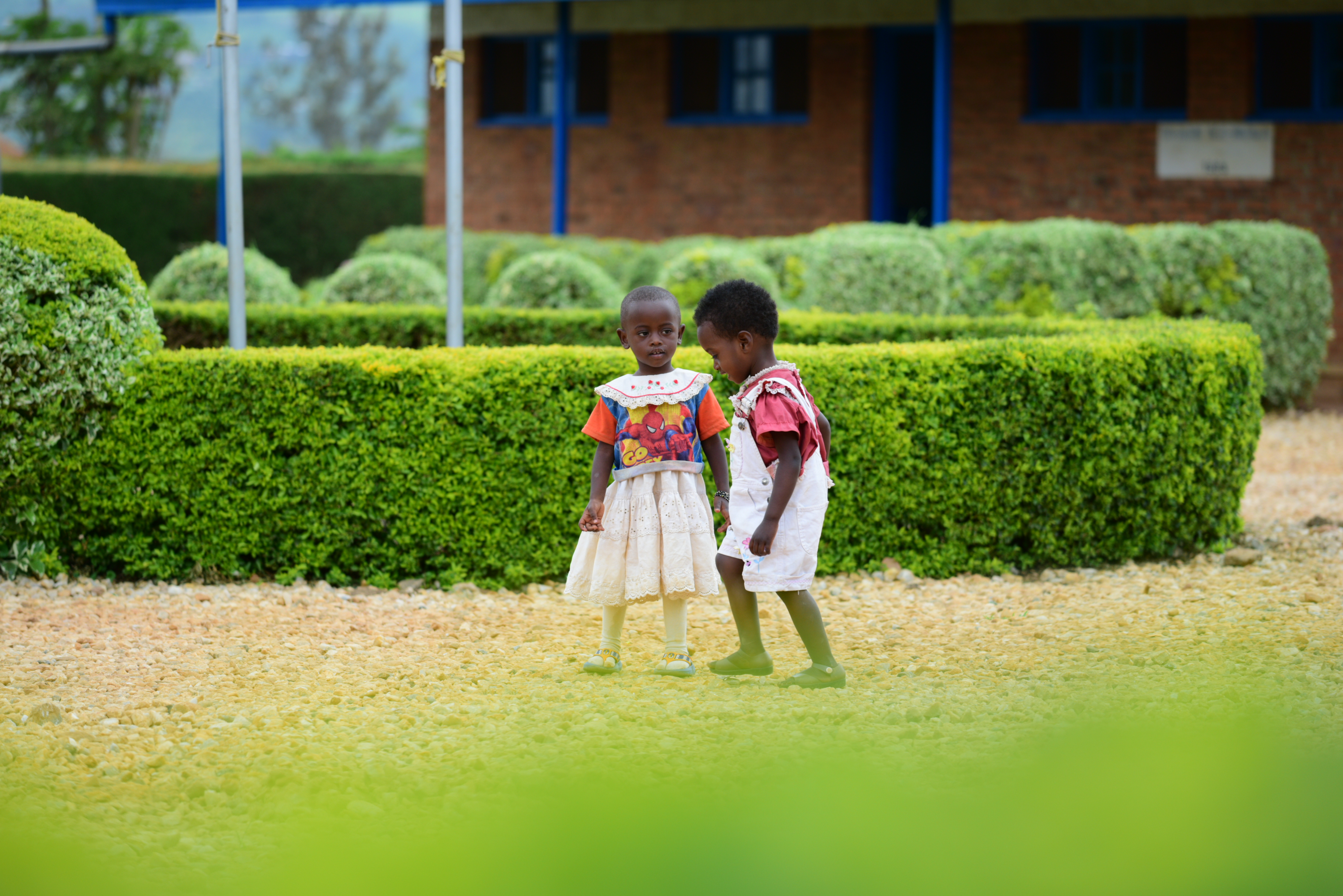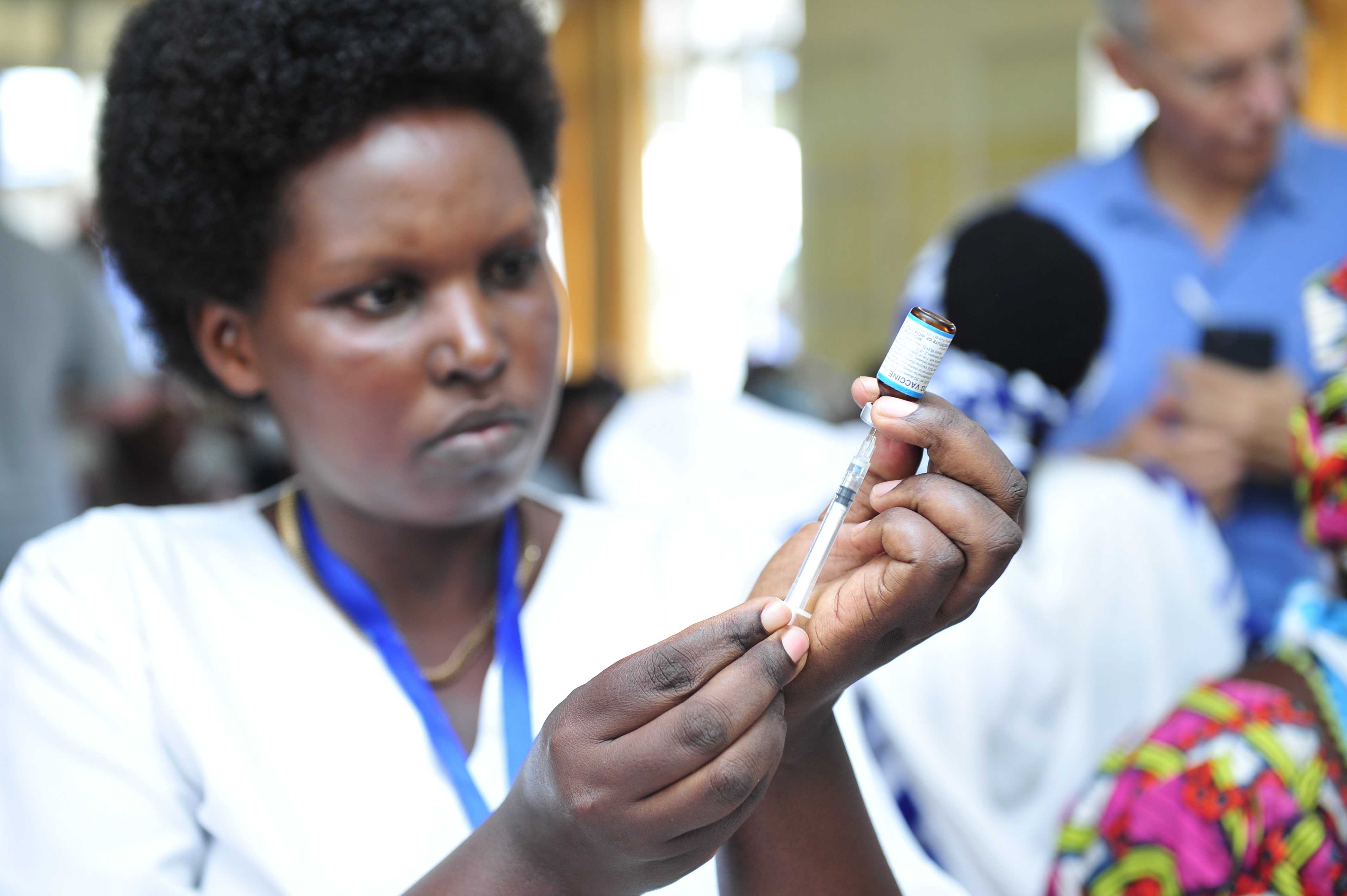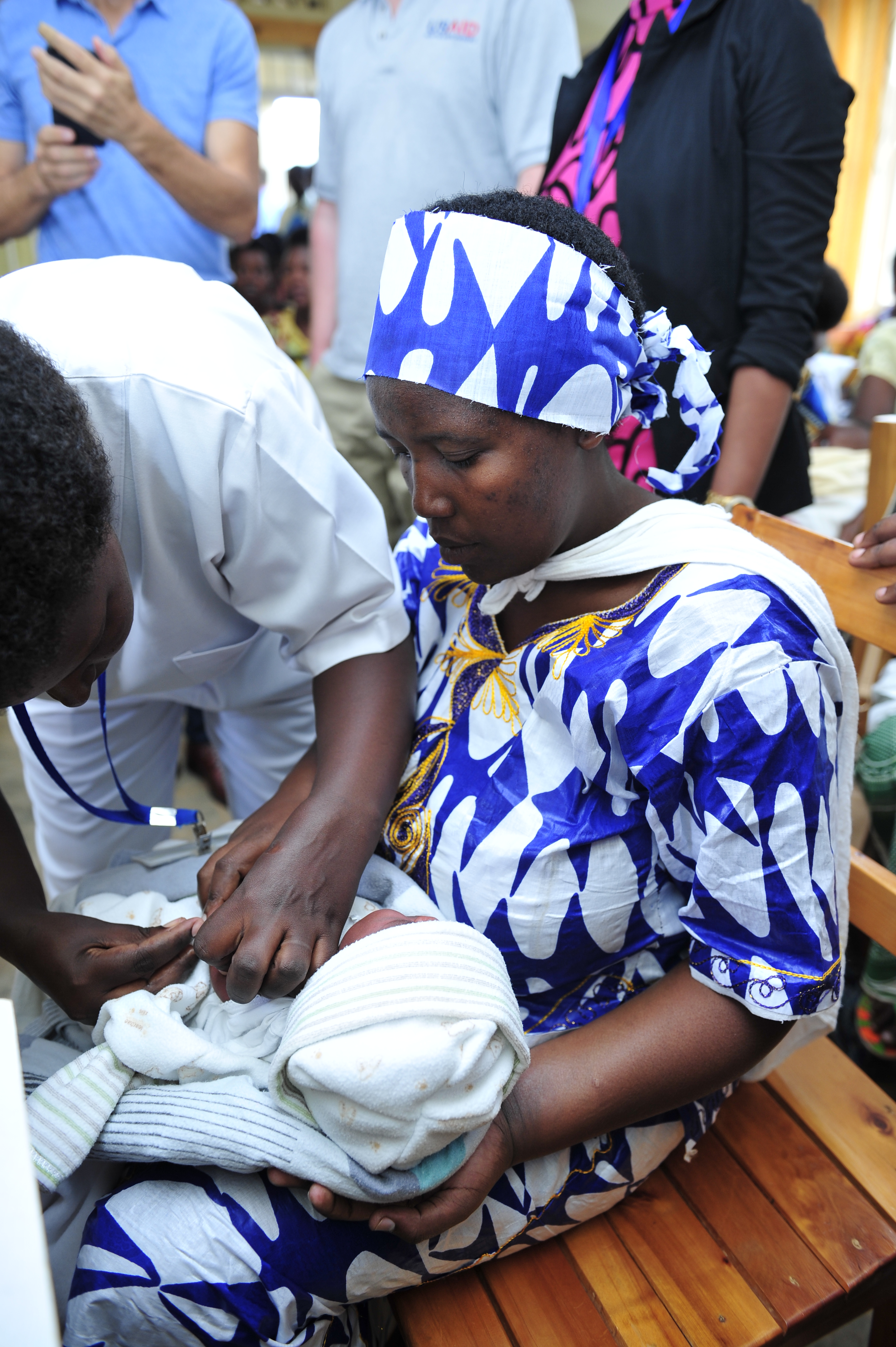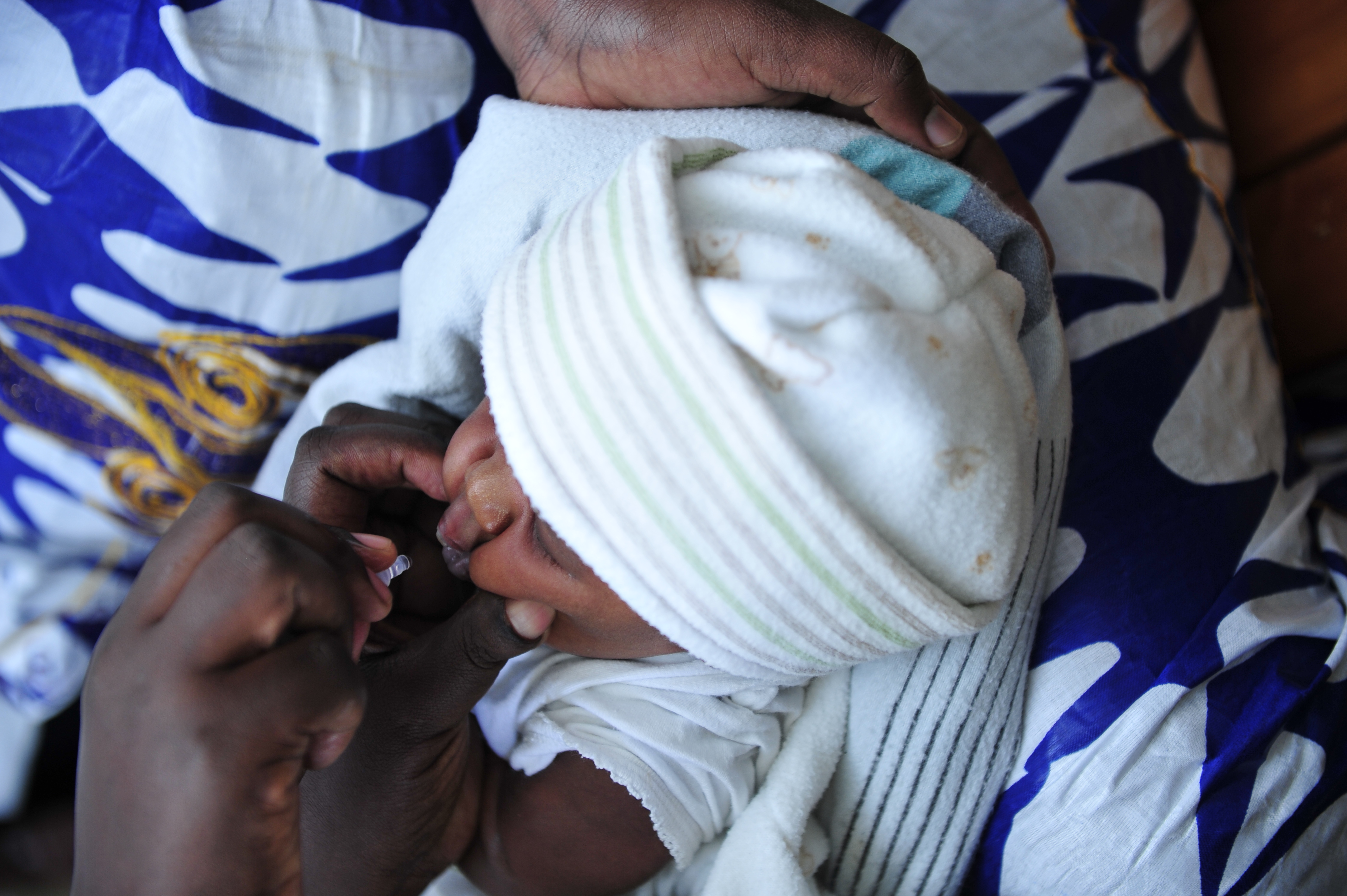Shot@Life’s photo gallery takes a deeper look into the lives of Rwandan families and the impact they receive from vaccines.
Photo Credit:

Picture taken at the Gikemoro Health Clinic, a rural health clinic where each child has its own individual immunization cards tracking the history of their immunization records. The clinic keeps all these cards for the health workers to see and refer to, and also serves as a sign for the healthcare workers that the records are up-to-date.
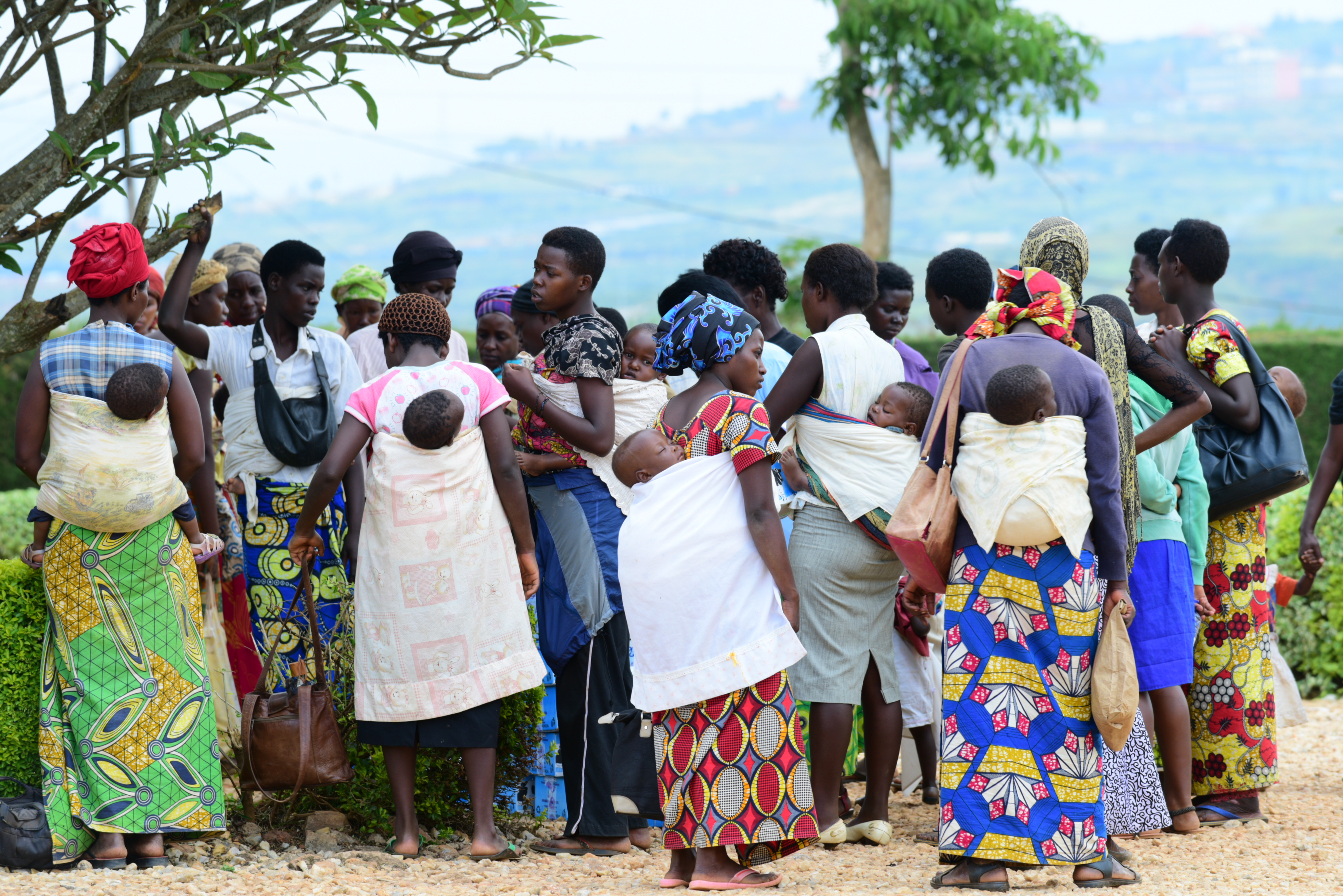
Parents waiting in line to get their child vaccinated in Gasabo Ndera health clinic, which is operated by the Minister of Health with Rwandan Red Cross supplementing social mobilization and education in volunteer efforts.
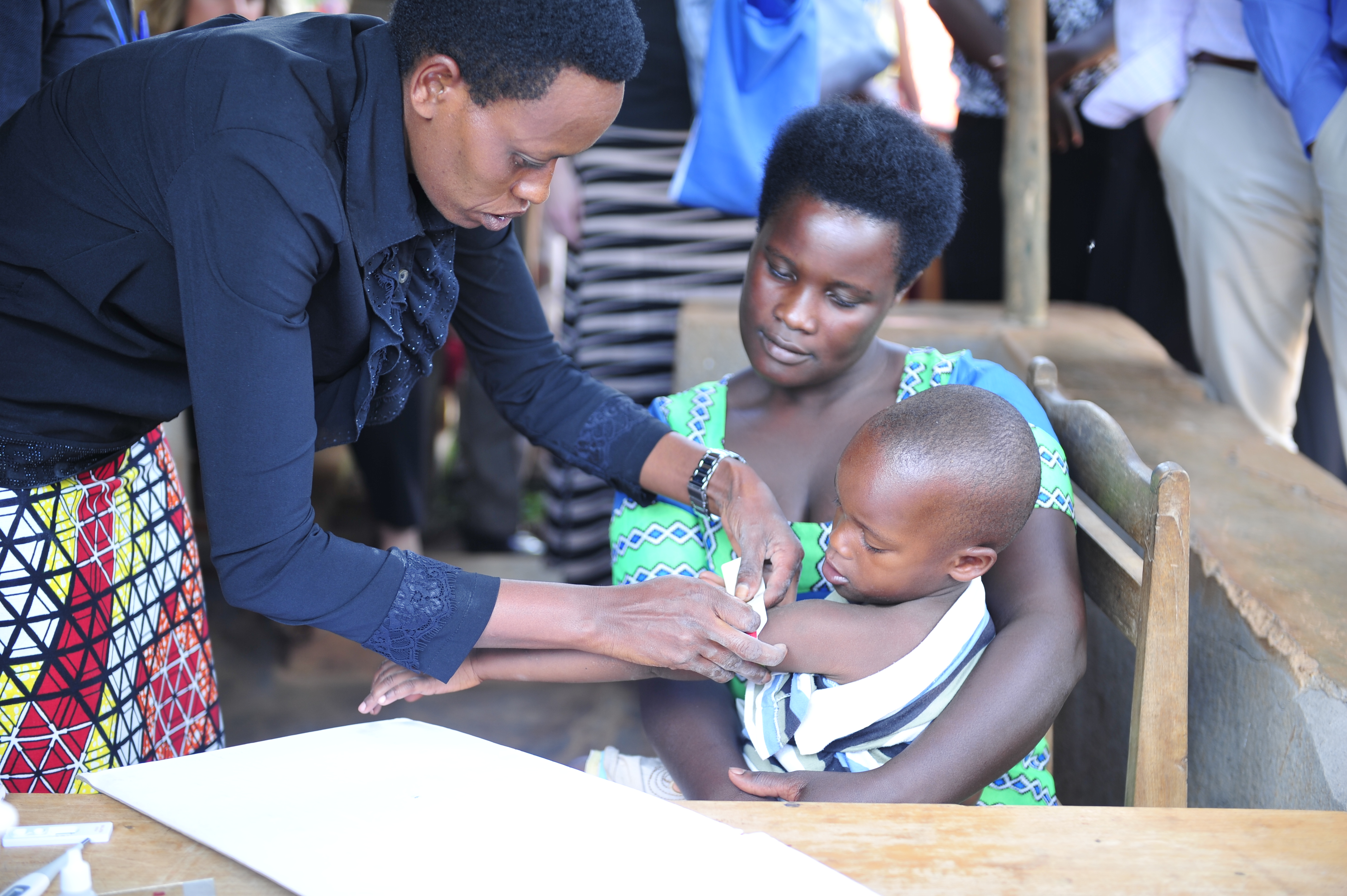
A health worker is measuring a child’s arm to check for malnourishment. She also performed the malaria test (Rapid Diagnostic Test), as the child had high fevers the night before. Everyone clapped when the child passed the RDT.

A nurse carrying a polio cooler to the room; coolers are used to keep vaccines at a low, stable temperature. Taken at the Murambi health center, a USAID supported health clinic that serves around 500 people.
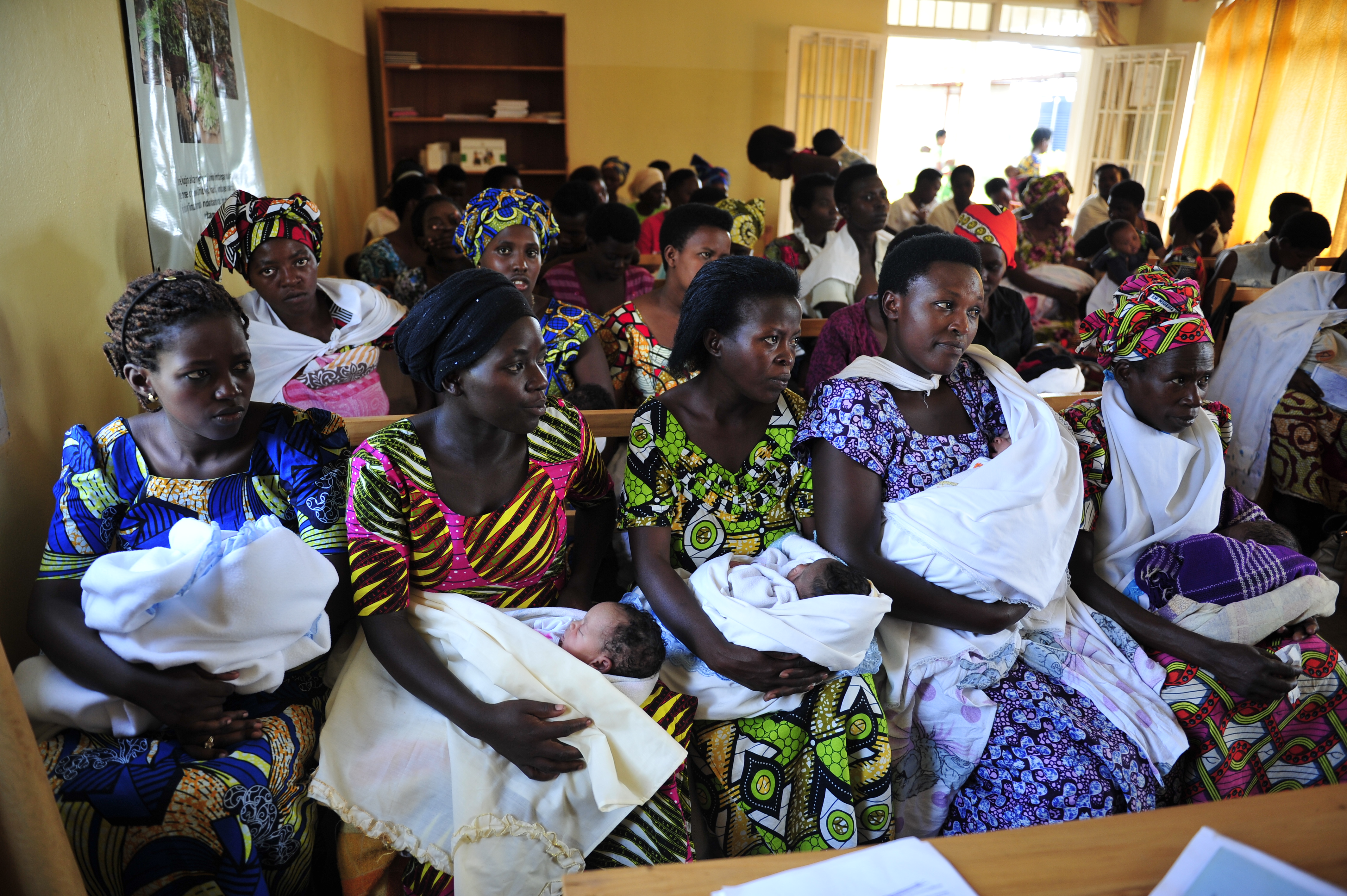
Mothers waiting patiently with very young infants for polio vaccines. Often clinic attendees dress in their Sunday best to show how proud to mark the importance of immunization and mark the event as a milestone.
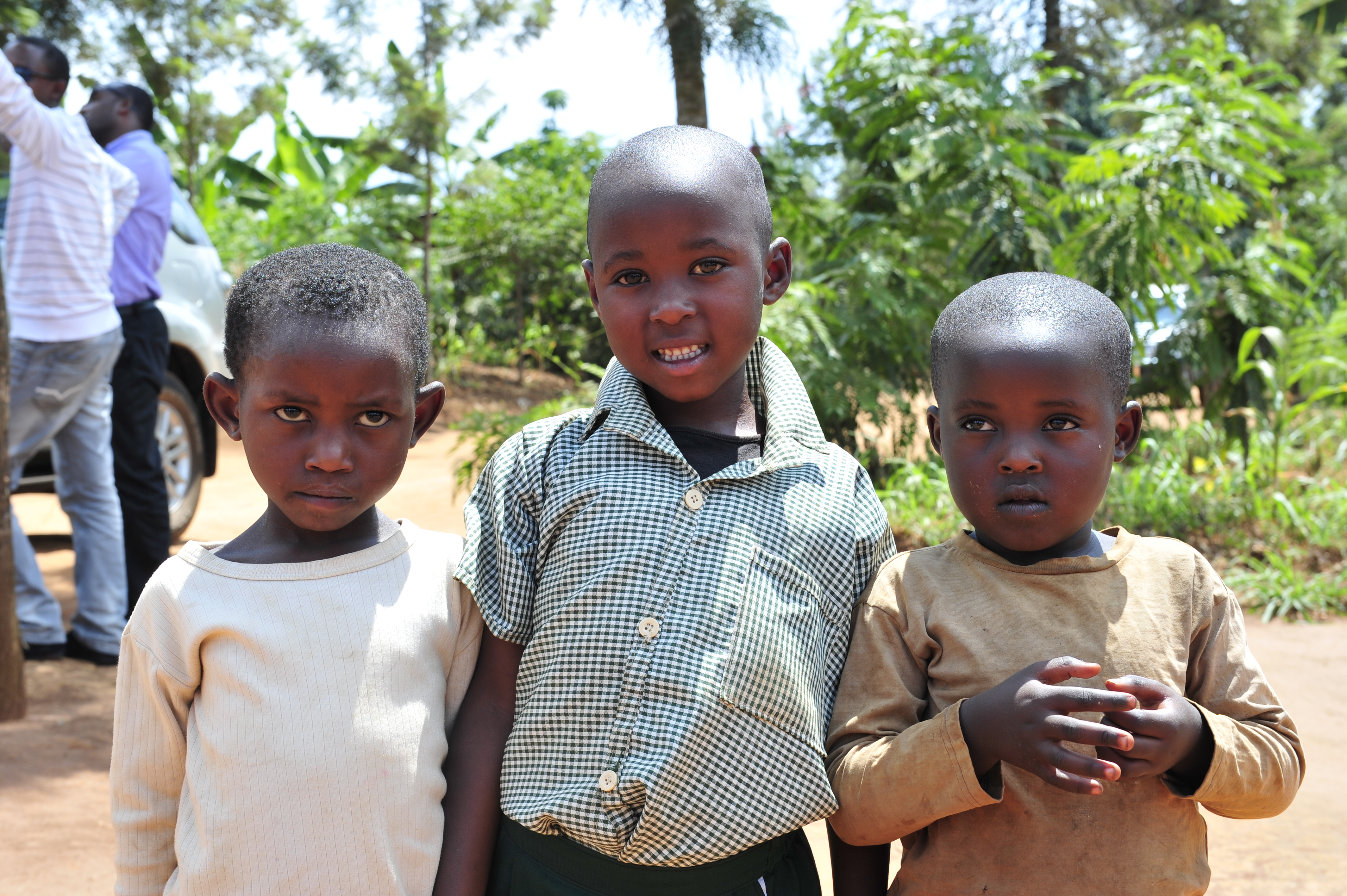
Kids outside of the clinic. When families can’t reach a clinic, local community health worker often make house calls to provide immunizations. Often the community health workers know all the members of their community, and therefore can easily keep track of vaccination rates and provide follow up care.


